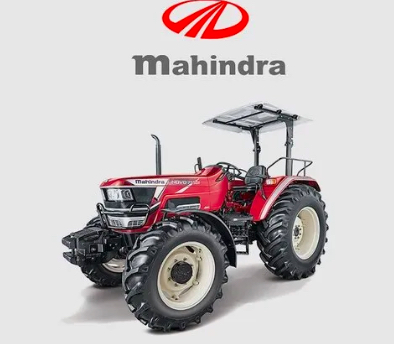Understanding the warning lights on your Mahindra's dashboard is essential for safe and problem-free driving. With our guide, you can unlock the secrets of these warning lights and understand what they mean for your vehicle, all in 140 characters!
💥See also: Mahindra Mpower 85 Problems
Demystifying Mahindra's Dashboard Warning Lights

From check engine lights to traction control warnings, deciphering the Mahindra Dashboard Warning Lights on your vehicle's dashboard can be daunting. Our comprehensive guide will help you understand what these lights mean and the steps you need to take to address them. Get peace of mind knowing that you can identify and take care of any issues on the road.
Engine Temperature Warning Light
This warning light indicates that your Mahindra's engine temperature is too high. It may mean an issue with your cooling system, such as a damaged thermostat or a low coolant level. If this light is illuminated, acting as soon as possible is vital to prevent engine damage. The Mahindra Dashboard Warning Lights provide a quick overview of your vehicle's current working condition and can alert you to any potential issues.
🚨You may be interested in: Mahindra Tractor Transmission Problems
Brake Warning Light
This warning light indicates an issue with your Mahindra's brakes, such as low brake fluid levels, faulty brake pads, or a problem with the ABS. If this light is illuminated, taking action as soon as possible is vital to prevent any potential damage to your vehicle. The Mahindra Dashboard Warning Lights provide an easy way to keep your car safe and running smoothly, alerting you to any potential brake issues.
Oil Pressure Warning Light
This warning light indicates an issue with the oil pressure in your Mahindra engine. It may mean that your engine oil is low, there is an issue with your oil filter or a malfunction with the oil pressure sensor. If this light is illuminated, taking action as soon as possible is essential to prevent any potential engine damage. The Mahindra Dashboard Warning Lights provide an easy way to keep an eye on your vehicle's performance and alert you to any possible issues with the oil pressure.
Key Takeaways from Mahindra Dashboard Warning Lights
- Understanding the warning lights on your Mahindra's dashboard is essential for safe and problem-free driving.
- The Mahindra Dashboard Warning Lights provide a quick overview of your vehicle's current working condition and can alert you to any potential issues.
- Check Engine lights indicate a malfunction in the engine or its related components.
- Brake System lights indicate a problem in the braking system.
- ABS lights indicate an issue with the Anti-lock Braking System.
- Airbag lights indicate an issue with the airbag system.
- Battery lights indicate low battery voltage or an issue with the charging system.
- Oil Pressure lights indicate low oil pressure or a problem in the oil system.
- Traction Control lights indicate an issue with the vehicle's traction control system.
- TPMS lights indicate a problem with the Tire Pressure Monitoring System.
- Engine Temperature lights indicate that your Mahindra's engine temperature is too high.
- Brake Warning lights indicate an issue with your Mahindra's brakes.
- Oil Pressure Warning lights indicate an issue with the oil pressure in your Mahindra's engine.
The Importance of Monitoring Mahindra Dashboard Warning Lights
The Mahindra Dashboard Warning Lights provide an easy way to monitor your vehicle's performance and alert you to potential issues. Watching these warning lights is essential for safe and problem-free driving, as they can help you identify any potential problems with the engine, brakes, traction control, airbag system, battery, oil pressure, or tire pressure monitoring system. It is important to act as soon as possible if any of these warning lights become illuminated, as this can help prevent engine damage or other issues. By familiarizing yourself with the warning lights on your Mahindra dashboard, you can ensure your vehicle is safe and running smoothly.
👀Look at this: Mahindra Shuttle Shift Problems
